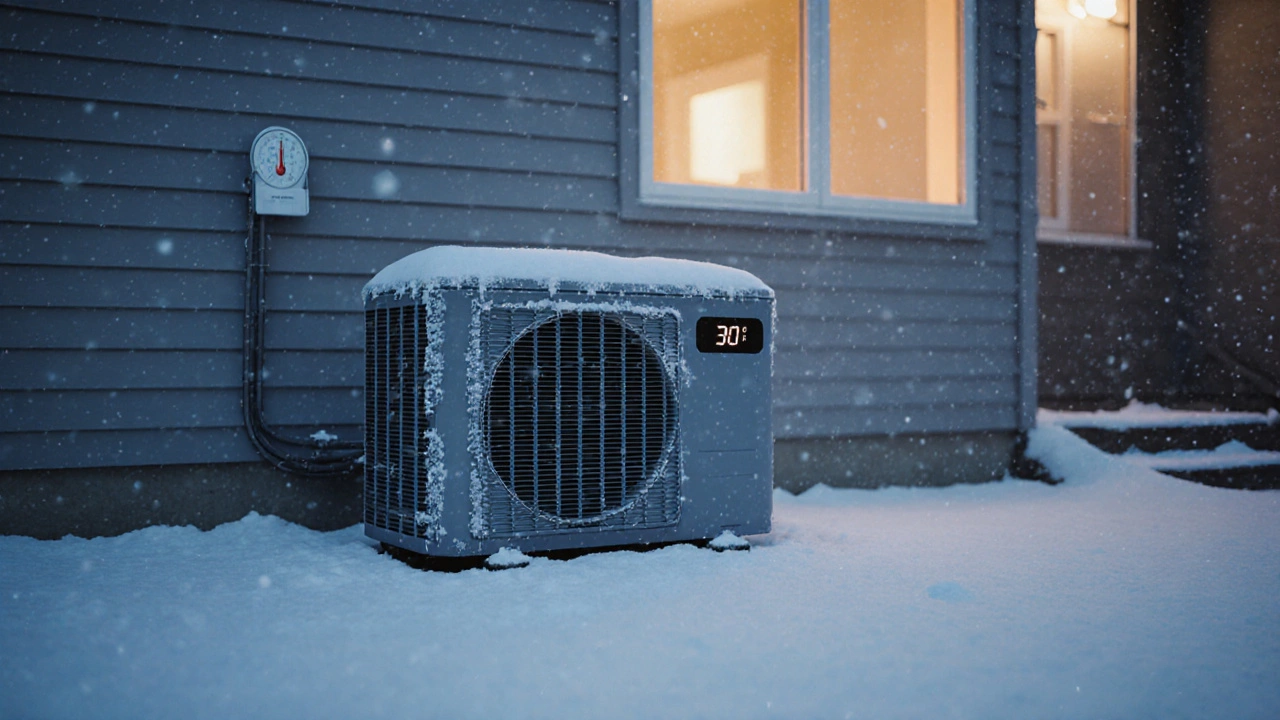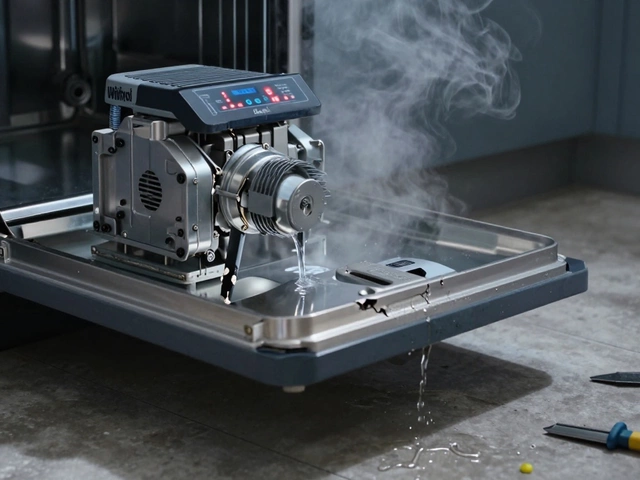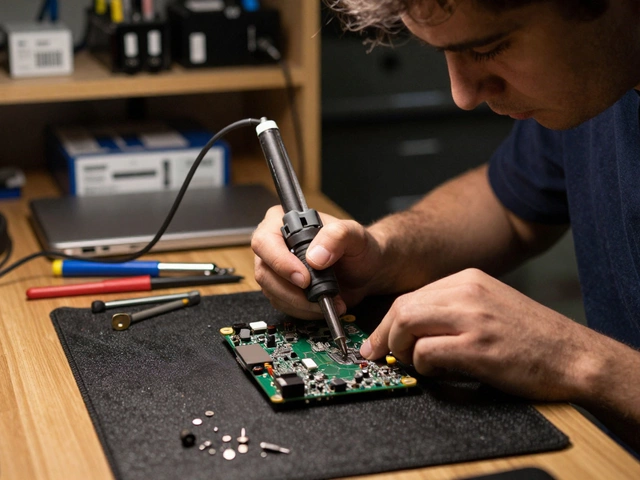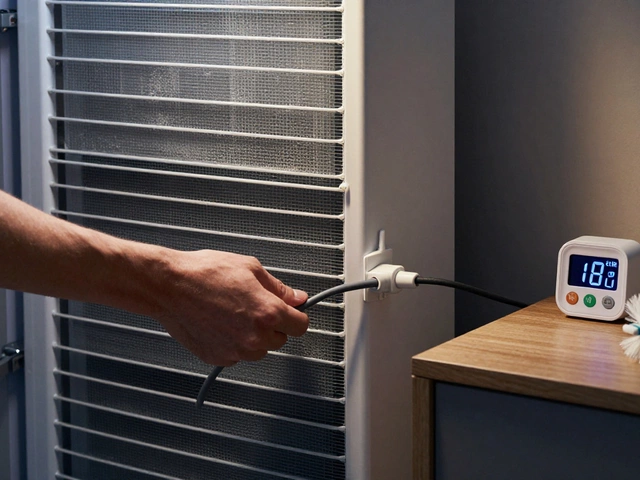Air Source Heat Pump: How It Works, Benefits & Common Issues
When talking about Air Source Heat Pump, a device that extracts heat from outdoor air and moves it inside a building for heating or cooling. Also known as ASHP, it provides year‑round climate control while using less electricity than conventional electric heaters. Think of it as a refrigerator running backwards – it pulls heat from one side and releases it on the other. This simple idea powers many modern homes, especially where gas is pricey or unavailable.
Key Elements of an Air Source Heat Pump System
At the heart of the system sits a heat pump, the core component that circulates refrigerant to capture and release heat. The outdoor unit houses a fan and coil that absorb ambient air, while the indoor unit uses a fan to distribute warmed or cooled air throughout the house. Air source heat pump technology also includes a smart controller that switches between heating and cooling modes based on indoor temperature targets.
Many homeowners still run a boiler, a gas‑fired system that heats water for central heating and hot‑water supply as a backup. The boiler kicks in when outdoor temperatures plunge below the pump’s efficient operating range, ensuring consistent warmth. This hybrid approach blends the low‑carbon footprint of the heat pump with the reliability of a traditional boiler.
In larger setups, the heat pump often becomes part of a broader HVAC system, a full‑building solution that handles heating, ventilation and air‑conditioning together. When integrated, the HVAC controller can balance heat pump output with zone‑specific needs, improve indoor air quality, and reduce overall energy consumption. The result is a smarter, more responsive home climate.
One of the biggest draws is energy efficiency, the ratio of heat delivered to electricity used, often expressed as a coefficient of performance (COP). A well‑installed air source heat pump can achieve a COP of 3 to 5, meaning it delivers three to five units of heat for every unit of electricity. That translates into lower utility bills and a smaller carbon footprint compared to electric resistance heating.
Now, how do you know when the system isn’t performing? Simple DIY checks can flag a problem before it turns into a costly repair. First, listen for unusual rattling noises from the outdoor unit – that often signals fan or motor wear. Next, feel the air coming from the indoor vents; weak airflow may mean a clogged filter or a failing compressor. Finally, monitor the thermostat’s temperature readings against an external thermometer; large discrepancies often point to refrigerant loss or sensor issues.
Maintenance is straightforward but essential. Clean the outdoor coil at least twice a year – a garden hose on a low setting does the trick, just avoid high pressure that could bend fins. Replace or clean the indoor air filter every three months to keep airflow optimal. Schedule a professional inspection annually to check refrigerant charge, electrical connections, and the heat exchanger for corrosion.
Cost considerations go beyond the sticker price. While the upfront investment for an air source heat pump can be higher than a standard furnace, the long‑term savings on fuel and the availability of government incentives often make it a smarter financial choice. Payback periods typically range from five to eight years, depending on local electricity rates and the climate.
Deciding whether to DIY or call a pro depends on the issue’s complexity. Tightening a loose fan bolt or swapping an indoor filter is a safe homeowner task. However, anything involving refrigerant handling, electrical rewiring, or major compressor faults should be left to certified technicians – mishandling these components can void warranties and pose safety hazards.
Below you’ll find a collection of articles that dive deeper into each of these topics. From spotting a heat pump malfunction to understanding boiler backup strategies, the guides cover practical fixes, maintenance checklists, and cost‑breakdown tools. Browse the list to find the exact advice you need for a smoother, more efficient home heating experience.
When Does a Heat Pump Lose Efficiency? Temperature Limits Explained
- Alden Wilder
- Oct 22 2025
- 0 Comments
Learn the temperature thresholds where heat pumps lose efficiency, how different models compare, and practical tips to keep them running smoothly in cold weather.
View More



